Purpose
This exercise enhances creativity, quick thinking and storytelling skills by challenging delegates to create a coherent narrative using random symbols or images rolled from dice. It encourages spontaneous thinking and helps participants structure stories quickly under time constraints.
Objective
Delegates will roll dice to get various symbols or images, then create a short story that incorporates all the symbols they rolled. They will share their stories with a partner, who will check how well they incorporated the symbols and offer feedback. This exercise improves creativity, narrative structure and improvisation skills.
What You Need
- A set of dice with numbers on them. You need one set of 6 dice for each pair of delegates. Consider D12 or above (12-sided or above). You can obtain the dice from board game accessory shops or from board games you already have.
- Symbols Handout, a printout of a list of images or symbols that are numbered from 1 to N where N is at least the highest number on your dice. For example, if you are using D12 dice, you need to have at least 12 symbols. You will need to create the Symbols Handout based on your specific training needs.
- Blank papers.
Setup
- Explain that this activity is designed to boost creativity, encourage quick thinking and improve storytelling.
- Divide delegates into pairs. If you have an odd number of delegates, use a group of 3.
- Distribute 6 dice to each group as well as a copy of Symbols Handout.
- Get the first person in each group to throw 6 dice. They should end up with 6 unique numbers. So, if they rolled similar numbers, they should reroll any dice with similar numbers so that eventually they end up with 6 unique numbers. They should then look up the numbers on their Symbols Handout to see what symbol or images they have selected. They should make a mark on the handout, so they know.
- Get each pair to work together to construct a short, coherent story using the six symbols/images. The story should have a clear structure with a beginning, middle and end. Should take about a minute to explain.
- Explain that they have only 5 minutes to do so, hence limited time is a factor. They need to think of a story and practice narrating it. They can take notes if they need to. The person who rolled the dice will be narrating it to the class after getting back together.
- After the allocated time, bring back everyone together. Get each group to present their story to the class. They should not reveal their list of symbols.
- Get the class to give feedback on the story:
- Did the story make sense?
- Did it have a beginning, middle and end?
- How creative was it?
- How clear was the narration?
- Could they guess what the six symbols were?
- Get the group to reveal their 6 symbols and let the class compare these to what they guessed. Get them to provide feedback on the way the symbols were integrated into the story.
- Allocate a total of 4 minutes for narration and class feedback for each group.
- Now get the groups to have a second round while utilising what they have learned so far. Get the other person in each group to roll dice and then repeat the exercise by making a story and then presenting it to the class.
- Follow with a discussion.
Timing
Explaining the Exercise: 2 minutes
Activity: (5 min preparing narrations + 4 min present & feedback x N pairs) x 2 rounds = 38 minutes for 4 groups (8 delegates)
Group Feedback: 10 minutes
Discussion
After both rounds of storytelling, bring the group together to reflect on the exercise using the following:
- How challenging was it to incorporate all the symbols into a coherent story?
- Which storytelling techniques helped you weave the symbols together effectively?
- What were some creative approaches other groups took to integrate the symbols into their stories?
- What lessons did you learn about the importance of structure when telling a story, even when the elements are random?
Variations
- Use new symbols. Vary the set of symbols/images or choose based on your training needs.
- Include a theme. Assign a theme for the story such as mystery, adventure or sci-fi.
- Change the length. Increase the length of the story (X minutes or Y number of words), though this will increase the length of the exercise based on the number of delegates.
- Add an objective. Such as “the story must include a moral lesson”.
- Make a joke. Rather than a story, ask delegates to create a joke or focus on humour.
- Generate symbols. Rather than coming up with the symbols/images yourself, include a first stage where delegates themselves choose these. Then collect them and put them in a list. Eliminate any duplicates, similar ideas or bad ideas as you see fit. Get a printout of the handouts, distribute and then continue the exercise as before.
- Introduce a new factor. Such as weather conditions, a historical period or a geographical location that must be included in the story.
- Make a dialogue-only story. Challenge the delegates to tell their story entirely through dialogue, without any narration or exposition.
- Story through social media Instead of telling a traditional story, participants must write the story as if it is unfolding through a series of social media posts, incorporating the symbols.
- Include unexpected plot twist. Halfway through the story, the storyteller must incorporate an unexpected plot twist, like a character change, a reversal of status change or an unforeseen event. You can predefine these or leave it up to them.
- Improv presentation. Rather than telling the story, the group can present by improvisation, with dialogue, without dialogue or with limited dialogue.
- Audience inclusion. Halfway through the storytelling, the class as the audience can suggest one new random element or symbol to be integrated into the ongoing narrative, forcing the storyteller to adapt in real-time.
- Follow from the first story. In the second round, the groups should make a story that continues from the first story they made like a sequel. Alternatively, it could take place in the same environment with the same characters but doesn’t have to be temporally related.
Soft Skills Training Materials
Get downloadable training materials
Online Train the Trainer Course:
Core Skills
Learn How to Become the Best Trainer in Your Field
All Tags
Training Resources for You
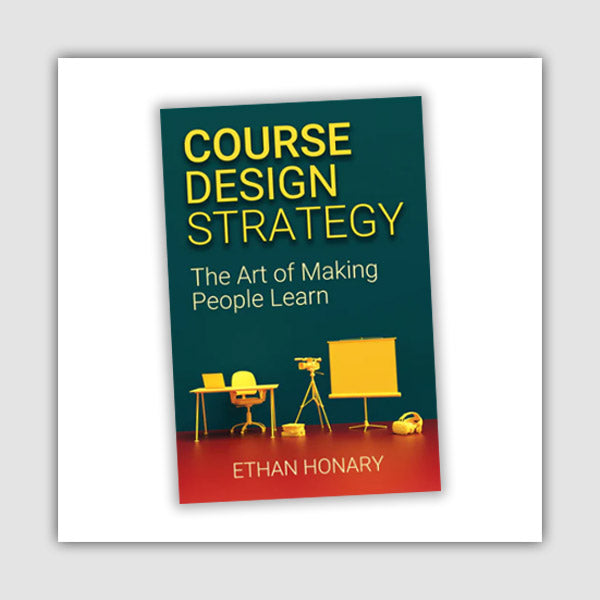
Course Design Strategy
Available as paperback and ebook

Free Training Resources
Download a free comprehensive training package including training guidelines, soft skills training activities, assessment forms and useful training resources that you can use to enhance your courses.

Our Comprehensive Guide to Body Language

Train the Trainer Resources
Get Insights - Read Guides and Books - Attend Courses
Training Materials
Get downloadable training materials on: Management Training, Personal Development, Interpersonal Development, Human Resources, and Sales & Marketing

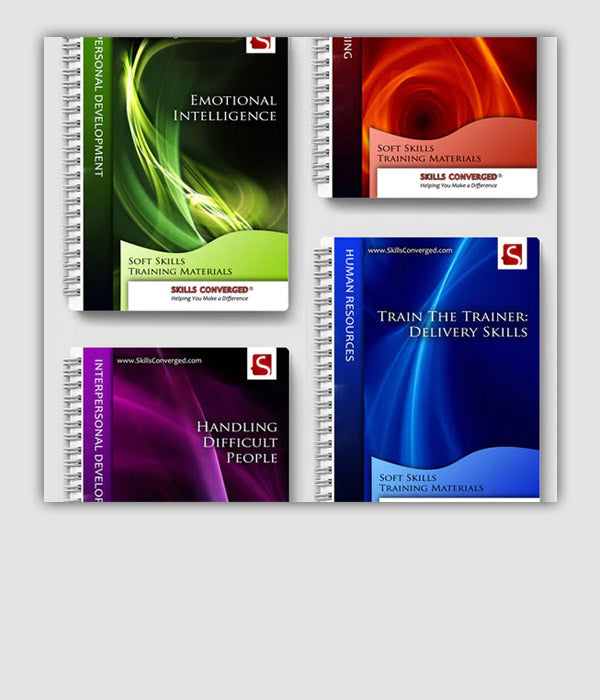
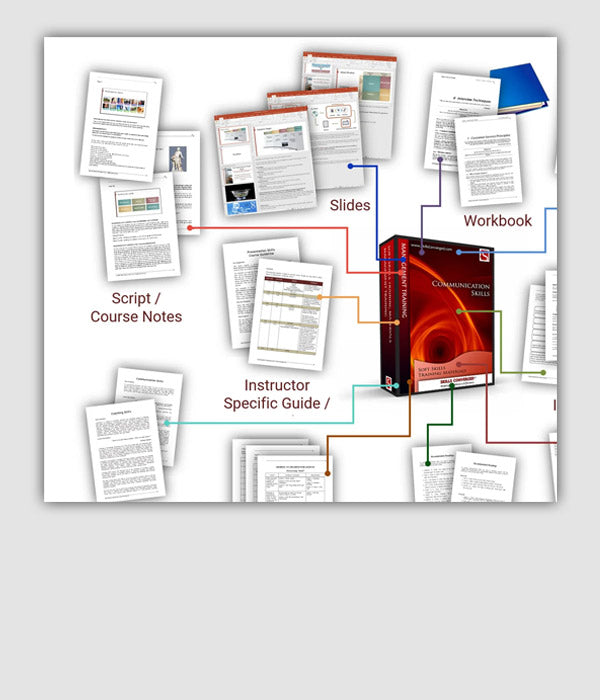

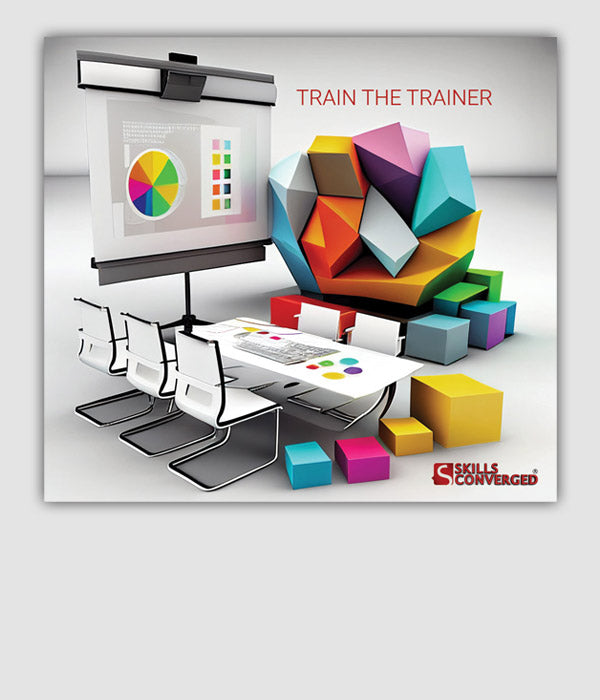








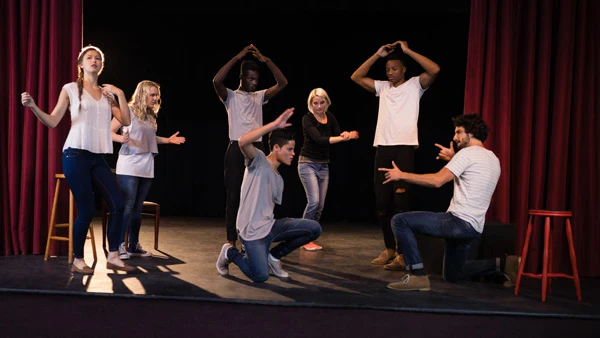
Leave a comment
All comments are moderated before being published.
This site is protected by hCaptcha and the hCaptcha Privacy Policy and Terms of Service apply.